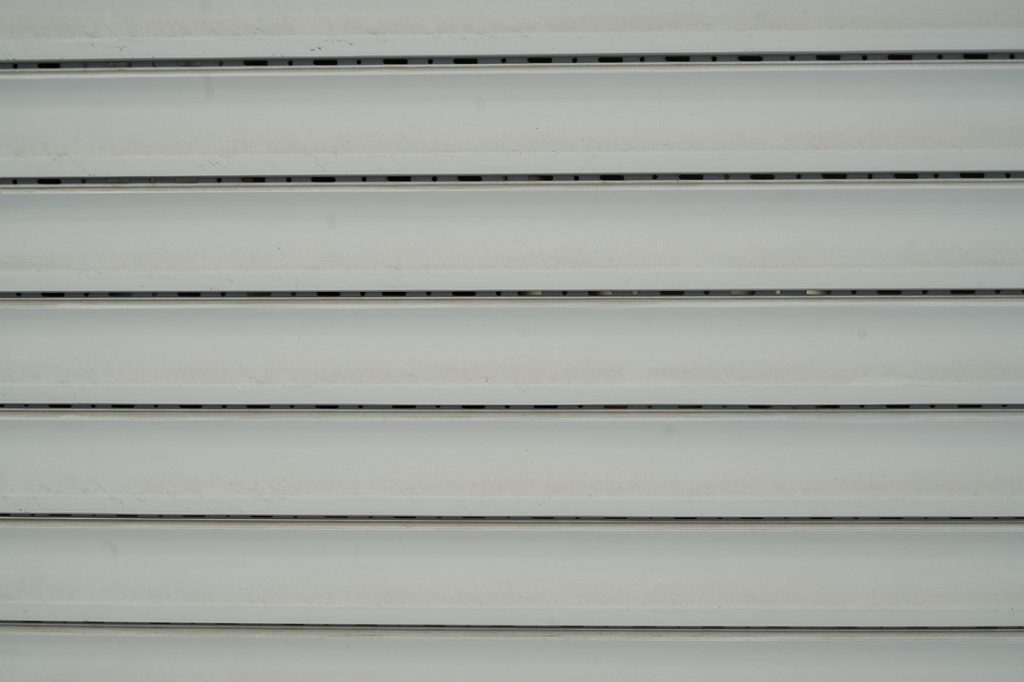In the past, glass was the primary material for making windows and other items. However, times are now changing, and there are new alternatives for glass. These materials have different advantages and drawbacks while compared to glass. Most of these benefits help cover the flaws that glass has, like poor structural support and brittleness, increasing the risk of injuries and high cost. This article highlights some of the alternatives to glass.
1. Plastic
There is a rising knowledge on the use of plastic in today’s world. Plastic offers many benefits when used in homes or even businesses. One of these benefits is that plastic is pocket-friendly when buying, installing, and does not need frequent replacement or maintenance. Plastic also provides better insulation than glass, and it is more than ten times stronger than glass. This strength makes plastic safer to use because it does not break into pieces that can potentially injure people.
Plastic is also easy to use, and it can be routed and scored to make different creative designs and unique shapes. Another benefit of plastic is that it removes glare and reflections, and it remains clear and transparent despite how thick the plastic is. Plastic is 50% lighter than glass and is also thermally efficient. Different types of plastic can act as alternatives to glass, and they are discussed below.
2. Acrylic or Plexiglass
Acrylic plastic material has been in use for many years. Still, it has become more popular in the recent past because people are beginning to discover the many benefits of glass. These benefits include that this type of material uses less energy and cost during production. Because acrylic is lightweight, it is easy to ship it at an affordable price. All these factors make homeowners, and business persons prefer acrylic to glass.
Acrylic is also 17 times stronger than glass, and this makes it durable. Plexiglass is therefore suitable in places that experience extreme weather conditions like hurricanes and tornadoes. The strength of clear cast acrylic also adds to the security of your home because it is harder for burglars to break it. This material is also safe because it won’t break into small pieces that can be dangerous. Acrylic has flexible polymers, and this makes it easy to cut and install.
Acrylic also allows more than 90% of light to pass through, and therefore if you use it on the windows, your house will have good lighting. Plexiglass also has some unique qualities and is the most versatile plastic. It is possible to customize the acrylic in different ways like mirroring, coloring and fluorescent. You can also have the acrylic being abrasion and bullet resistant. Another unique feature that you can add to the acrylic is UV-filtering and light-diffusing.
3. Polycarbonate

This type of plastic is preferred for use in schools, psychiatric facilities, and public transport facilities like subways and bus shelters. This polycarbonate material is used in these areas because it has resistance against high impact forces, and it is also very strong. Polycarbonate is 250 times stronger than traditional glass, but it is still transparent like glass though it provides more resistance.
Although polycarbonate is a lightweight material, it offers more structural support than glass and is more suitable in complex architectural projects. While glass requires fabrication before installation, polycarbonate can be cut or manipulated at the site where it is being used. It is also possible to customize polycarbonate into a variety of shapes that you desire.
The customization that can be done on polycarbonate includes making it bulletproof, mirroring, tinting, coloring, and making it resistant to abrasions. There are various grades of polycarbonate that are suitable for different situations. For instance, GP sheets are ideal for use in industries, while SL sheets are ideal for harsh conditions.
In summary, glass was the primary material in the past. However, various limitations of glass-like decreased strength, poor structural support, and the risk of injuries when it shatters made it necessary to invent other materials like plastic. Different types of plastics can serve as an alternative for glass. These types include acrylic or plexiglass and polycarbonate. Some of the advantages that these plastics have over glass include more strength, which adds to the home’s safety because they are hard to break, affordable, and have excellent structural support. More benefits of these plastics are that they are lightweight and thermally efficient. They can also be custom-made into various designs, making them resistant to bullets and abrasions, coloring, tinting, and mirroring them.






